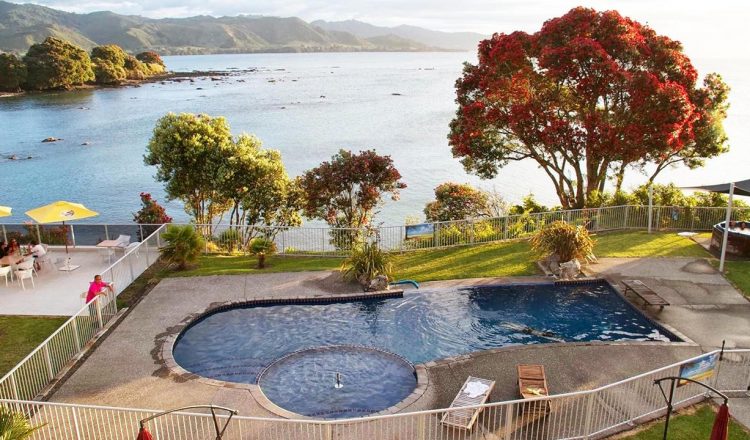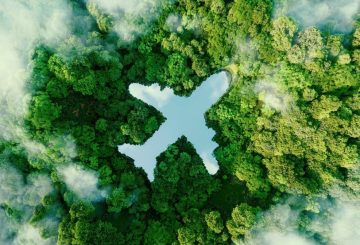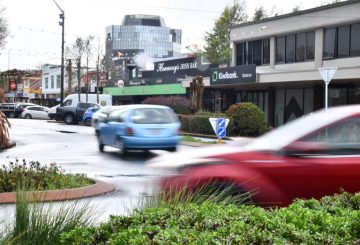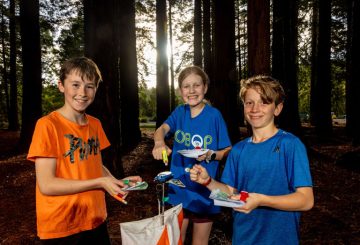オポティキ地方議会(地方自治体のこと。カウンシルとも)は、Covid-19のrohe(マオリ語で縄張りの意)への感染拡大を防ぐため、この地域への移動を制限するというイウィ(部族)の指導者たちの呼びかけを支持しています。
これは、本日、保健省からCovid-19の確定症例を発表されたことを受けてのことです。
オポティキ議会議員のLouis Rapihana氏は、Te Whānau-ā-Apanuiのイウィ対応部隊のメンバーでもあります。彼は、Covid-19が引き続き混乱を引き起こし、世界中で新たな亜種が確認されていることから、彼のイウィからのシンプルなメッセージは「近づくな」ということだ、と述べました。
「昨年、Covid-19が初めて入ってきたとき、私たちは何週間もかけてroheの境界で誰が出入りしているかを確認し、人々が立ち止まったり滞在したりしてウイルスを広げるリスクを高めないようにお願いしました」とRapihana氏は述べています。
「今回、検問を行うことは、私たちの仲間にとってリスクが大きすぎます。ですから、この夏は海岸に人が来ないようにという私たちの要求に、観光客やファーナウ(マオリ語で家族の意)が耳を傾け、理解してくれることを期待しているのです。」
Rapihana氏によると、この地域には弱者や高齢者が多く、多くの人々が遠隔地に住んでおり、ほとんどの人が最寄りの病院から3時間以上離れているとのことです。
「私たちはパンデミックを知らないわけではありません。1918年にインフルエンザが大流行し、1900年代初頭の世代を中心に多くの犠牲者を出し、今でもその犠牲者を追悼しています。」ハプー(マオリ語で準部族の意)では、今日私たちがここで行っているように、当時のウイルスに対抗するために新しいティカンガ(慣習、作法)を導入しました。
「ハプーの人々は、致命的なウイルスに感染した人々のために隔離キャンプを立ち上げ、また、私たちも同様に対策を講じています。私たちは何をすべきか分かっており、私たちと境界内に住む人々を守るために必要なことをするつもりです。
「私たちは、国内でトップクラスのワクチン接種率を誇っています。これは、我々の非常に小さな医療チームによる大きな努力の賜物です。しかし、人々とCovidの侵入を防ぐことが、このウイルスに対する第一で最善の防御策なのです」とRapihana氏は述べています。
オポティキ地区議会の最高責任者であるAileen Lawrie氏は、ファカトヘアやナイタイ(Ngaitai)など地区内の他のイウィからも同様の要請があり、議会はこのカウパパ(主題、計画などを表すマオリ語)を支援することを強く望んでいると述べました。
「昨年、私たちは警察や他の機関とともに、Te Whānau-ā-Apanuiが沿岸地域の境界線にコミュニティの安全地帯を設けて、沿岸地域を保護するのを支援しました」とLawrieは述べています。
「今回は、Covidを地域社会に持ち込まないという彼らのメッセージに、私たちの支援を追加したいと思います。Covidを地元に定着させるだけの資源も施設もなく、ワクチン接種率もまだ十分高くはありません。私たちも同じように、イウィの要請に応じて、沿岸部でのスタッフの移動を最小限に抑えています。
「議会としては、地域社会や企業・団体のために確実性を求め、Covidをコントロールし、限られた医療施設をうまく運営できるようにしたいと考えています。」
Lawrie氏は、ワクチン接種、ソーシャルディスタンスの取り方、接触追跡、衛生管理、マスク着用が、Covid-19との闘いにおいて引き続き重要であると述べました。
「弱い地域に行かないようにお願いすることも、私たちがお互いを守るためにできることの一つです。私たちは、地元のイウィがCovidを自分たちのroheから排除するよう要請していることを支援します。」とのことです。






























































